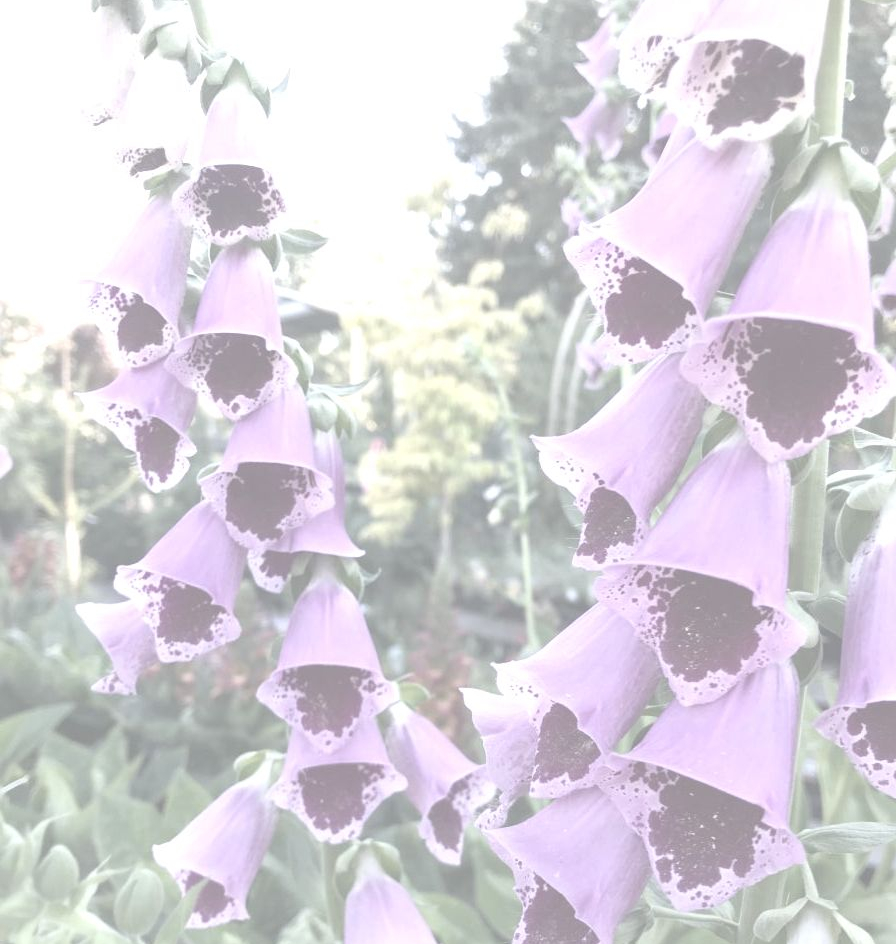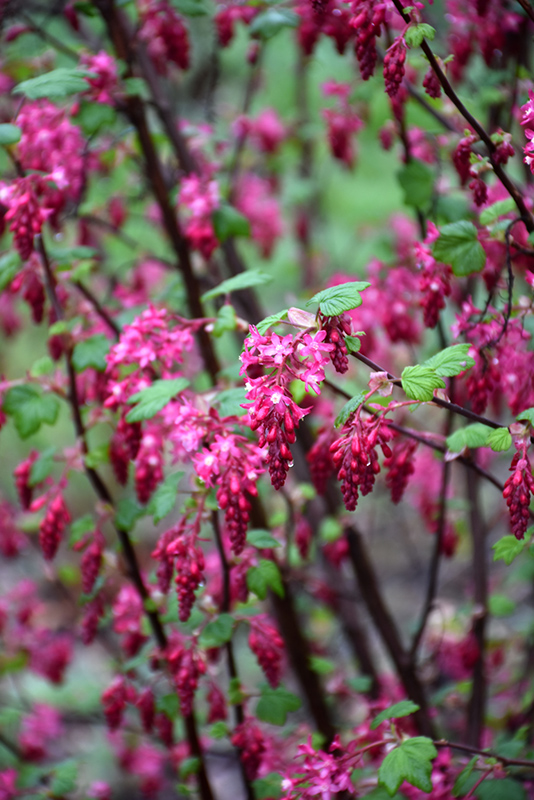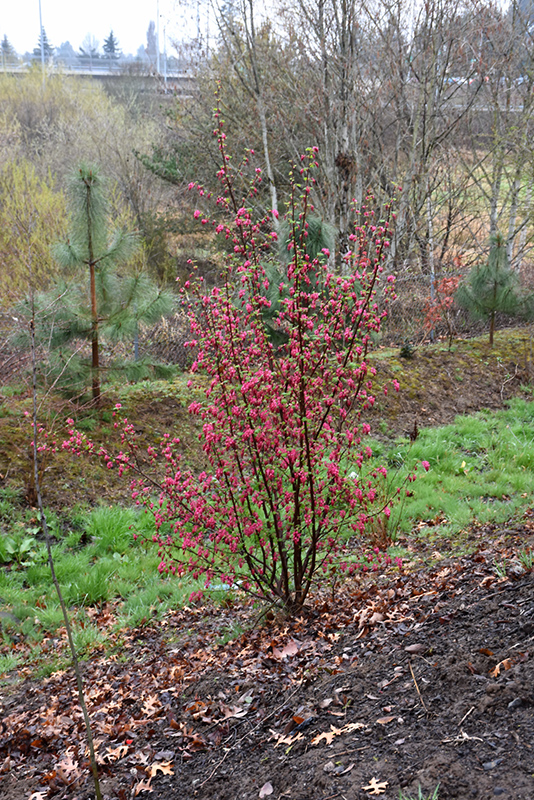King Edward VII Winter Currant
Ribes sanguineum 'King Edward VII'
Height: 8 feet
Spread: 7 feet
Sunlight:
![]()
![]()
Hardiness Zone: 5a
Description:
An outstanding shrub valued for its chains of red flowers in early spring, insignificant fruit; upright and bushy, holds its shape well, can grow quite tall; excellent as a garden accent, also makes a good tall hedge or screen
Ornamental Features
King Edward VII Winter Currant is draped in stunning racemes of ruby-red tubular flowers hanging below the branches in mid spring. It has green deciduous foliage. The lobed leaves turn yellow in fall.
Landscape Attributes
King Edward VII Winter Currant is a dense multi-stemmed deciduous shrub with a more or less rounded form. Its relatively fine texture sets it apart from other landscape plants with less refined foliage.
This is a relatively low maintenance shrub, and should only be pruned after flowering to avoid removing any of the current season's flowers. It is a good choice for attracting birds to your yard. It has no significant negative characteristics.
King Edward VII Winter Currant is recommended for the following landscape applications;
- Mass Planting
- Hedges/Screening
- General Garden Use
Planting & Growing
King Edward VII Winter Currant will grow to be about 8 feet tall at maturity, with a spread of 7 feet. It tends to be a little leggy, with a typical clearance of 1 foot from the ground, and is suitable for planting under power lines. It grows at a medium rate, and under ideal conditions can be expected to live for 40 years or more.
This shrub does best in full sun to partial shade. It prefers to grow in average to moist conditions, and shouldn't be allowed to dry out. It is not particular as to soil type or pH. It is somewhat tolerant of urban pollution. This is a selection of a native North American species.


